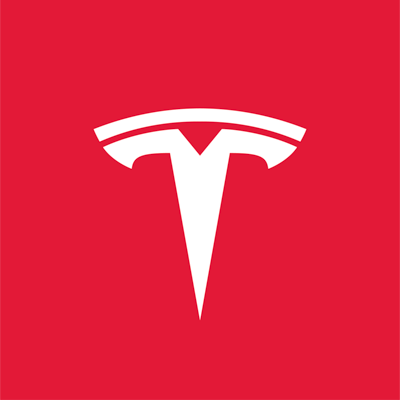Don’t use them, I say. Make Elon cry.
Tesla CEO Elon Musk confirmed that the company will have robotaxis on the streets of Austin, Texas, by the end of June.
In an interview with CNBC’s David Faber on Tuesday at the company’s headquarters in Austin, Musk said Tesla aims to bring its robotaxis to Los Angeles and San Francisco following the planned Austin debut.
Musk said a Tesla robotaxi service will start with about 10 vehicles in Austin, and rapidly expand to thousands of vehicles should the launch go well with no incidents.
Since 2016, Musk has been promising Tesla investors, customers and fans that the company is about a year away from delivering a self-driving car that’s capable of transporting passengers safely without human interventions, or a human at the steering wheel. However, Tesla does not yet offer a vehicle safe to use without human supervision.
“It’s prudent for us to start with a small number, confirm that things are going well and then scale it up,” Musk said.
To start, Tesla has said its robotaxis will be Model Y vehicles equipped with a forthcoming version of FSD, or full self-driving, known as FSD Unsupervised.
Alphabet’s Waymo is currently operating commercial, driverless ride-hailing services in various U.S. markets. On a recent earnings call, Alphabet said Waymo already conducts 250,000 paid trips per week.
Musk said Tesla “will geofence” its robotaxis in Austin to start, meaning the company will limit where those Model Y vehicles can drive. But there won’t be a human safety driver in the cars, Musk promised.
Tesla employees will be remotely monitoring the fleet, he said.
“We’ll be watching what the cars are doing very carefully and as confidence grows, less of that will be needed,” Musk said.
Musk has previously claimed Tesla’s “generalized” approach to robotaxis is more ambitious than Waymo’s. Tesla relies on camera-based systems and computer vision primarily instead of using sophisticated sensors including lidar and radar in its vehicles.
Musk has said those sensors were expensive and could impede high-volume robotaxi production and scaling of a global fleet.
“What will actually work best for the road system is artificial intelligence, digital neural nets and cameras,” Musk said Tuesday.
See here, here, and here for some background. As noted, Waymo is already an option and use can use the Uber app to ride them, if you must do rideshare without interacting with a human. While I can see good reasons to use the autonomous taxis, I cannot think of a single valid reason to put any money in Elon Musk’s pocket in doing so. This is a choice – again, there’s already a good option available to you in Austin and soon to be wherever else – so make the right choice. If you choose to use Musk’s rancid service, that’s entirely on you. Don’t be that person.

